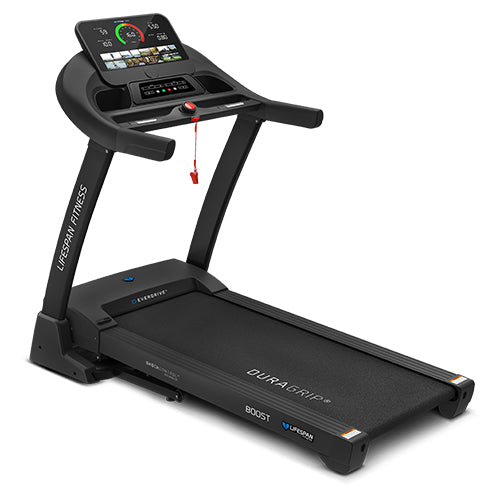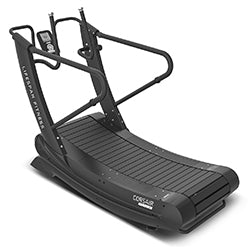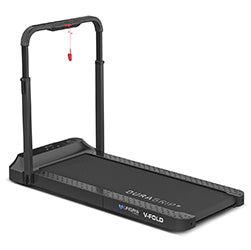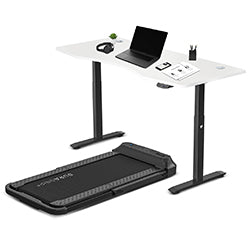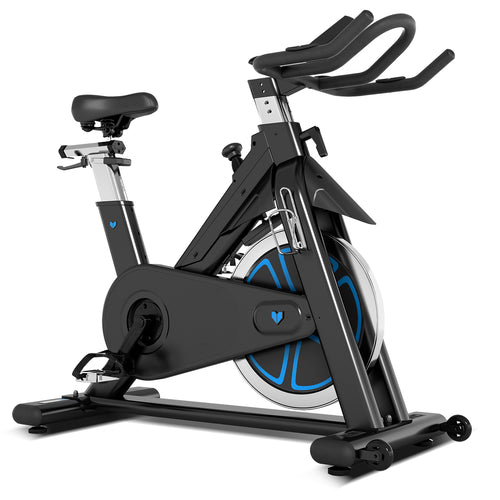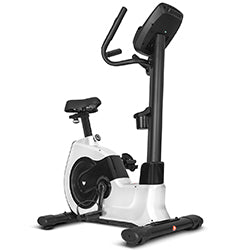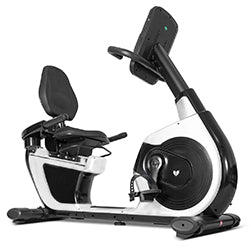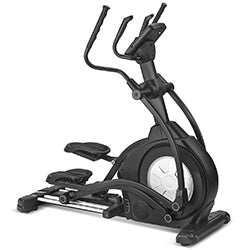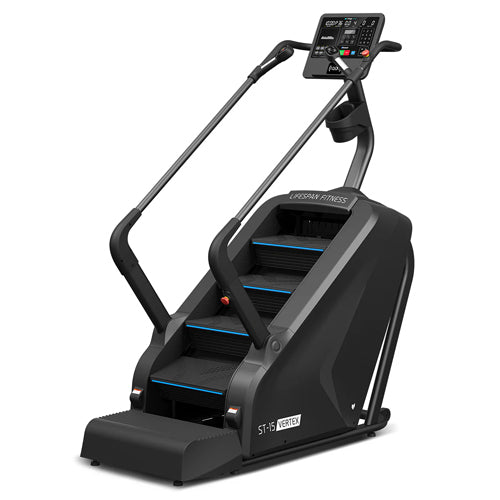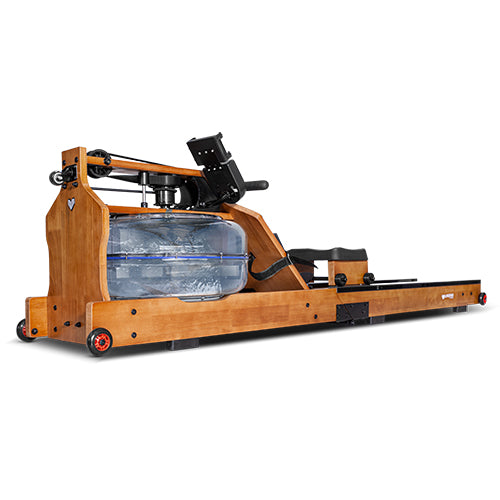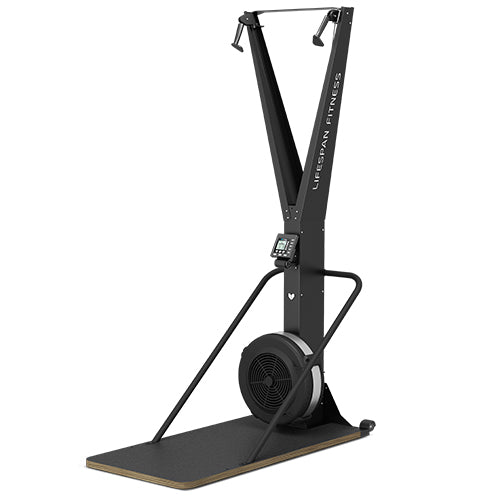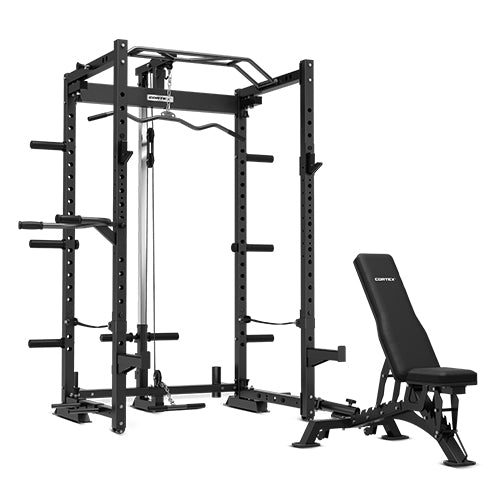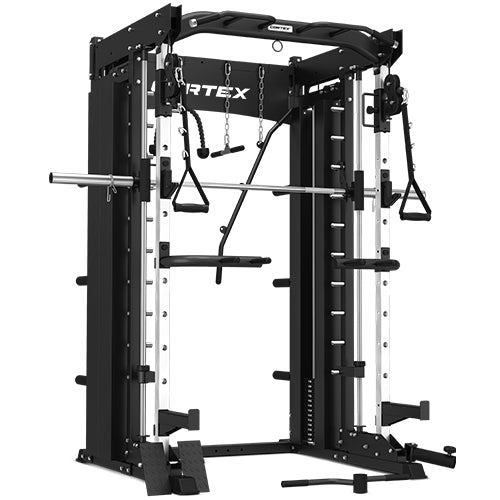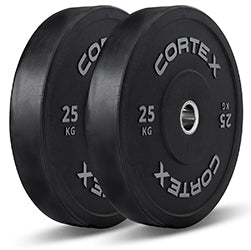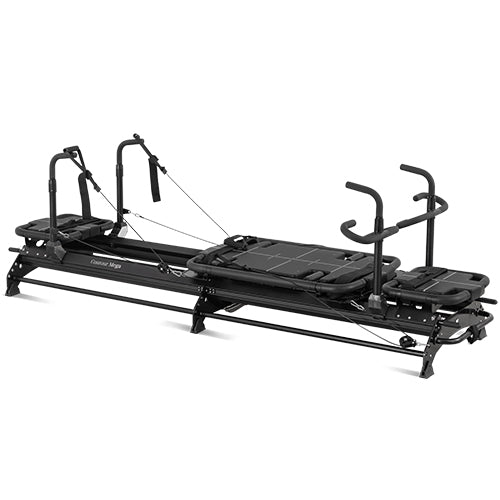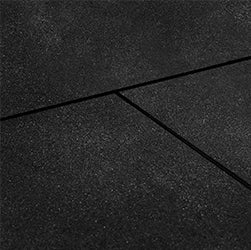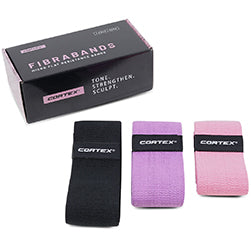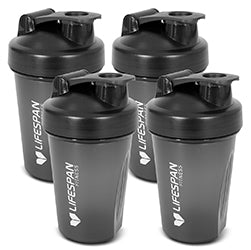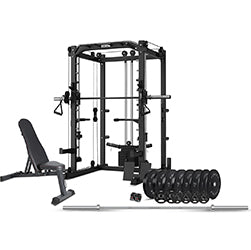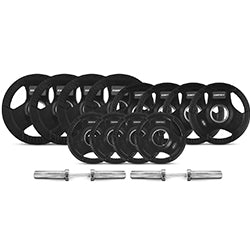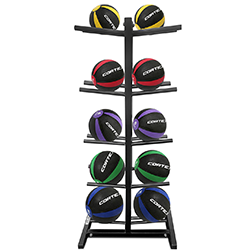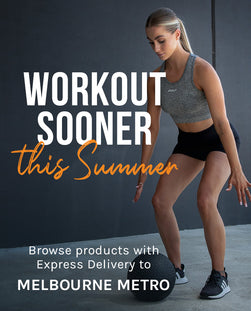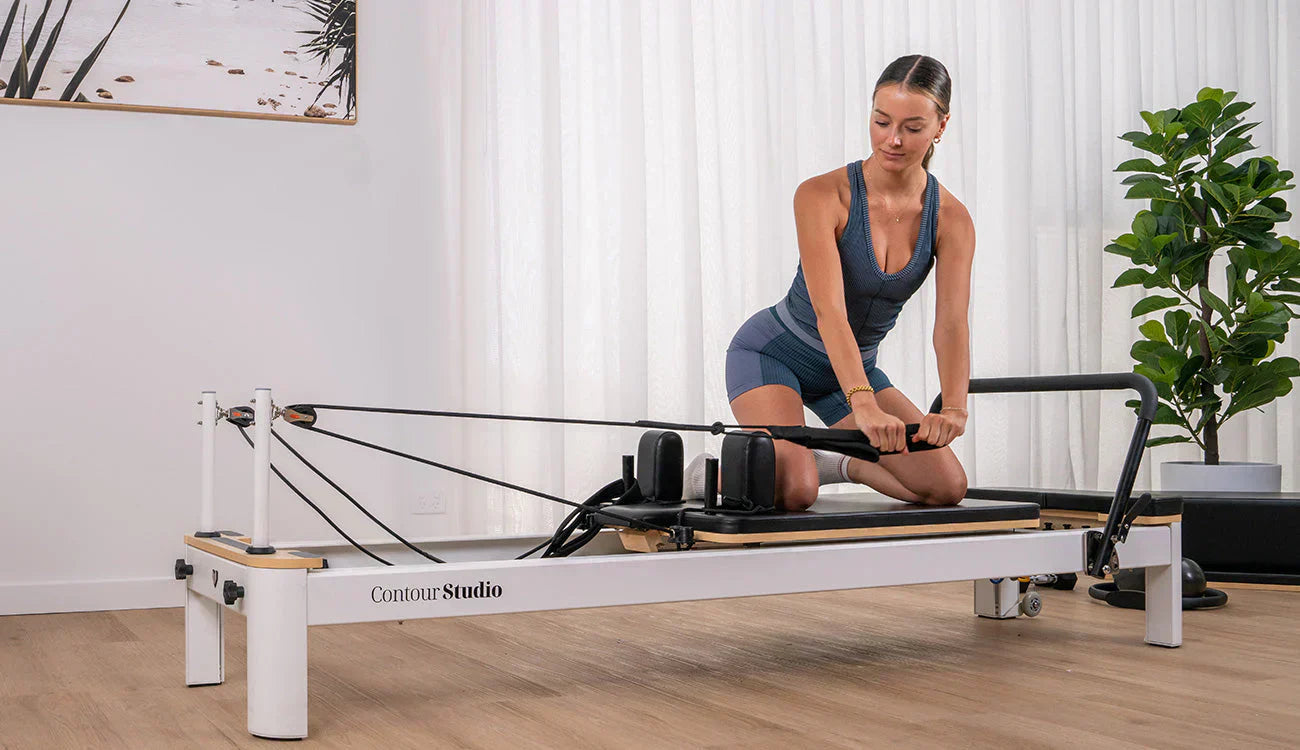

You’ve probably heard all the buzz around Reformer Pilates in recent years. This century-old workout has been enjoying a boom in popularity, and has impressive benefits for your mobility, functional strength, core control and flexibility. But if you’re new to it all, it can seem a bit daunting to figure out where to start. That’s why we’ve put together this handy guide for beginners so you can start enjoying all the benefits for yourself. We’ll cover what a reformer is, who it’s best suited for and a complete beginner workout for you to try out for yourself.
What is Reformer Pilates and How Does it Work?
 A Pilates reformer is a specialised piece of exercise equipment used for traditional Pilates workouts. It consists of a sliding platform (the carriage), adjustable springs for resistance, ropes and pulleys. This unique setup gives you access to a wide range of exercises that target different muscle groups across the body.
A Pilates reformer is a specialised piece of exercise equipment used for traditional Pilates workouts. It consists of a sliding platform (the carriage), adjustable springs for resistance, ropes and pulleys. This unique setup gives you access to a wide range of exercises that target different muscle groups across the body.
A Pilates reformer workout involves controlled movements performed while lying, sitting, standing or kneeling on the reformer.
Benefits of Reformer Pilates for Beginners
Improving Flexibility and Core Strength
 Reformer Pilates is all about precision and control, building a strong, stable core without risking any high impact or overexerting yourself.
Reformer Pilates is all about precision and control, building a strong, stable core without risking any high impact or overexerting yourself.
Its design encourages slow, controlled movements that engage deep stabilising muscles around your abdomen, lower back and pelvis. These are crucial areas for maintaining balance and core strength.
By challenging strength and flexibility at the same time, reformer Pilates creates a balanced approach that builds a solid foundation for everyday functional movements and more advanced workouts.
Low-Impact and Safe for Beginners
 One of the reasons reformer Pilates workouts are great for beginners is that they have almost entirely no impact. What does that mean? Impact refers to activities like jumping, hitting or throwing. These are the high-risk activities that are most likely to lead to accidents or straining yourself. Pilates reformer movements are gentle and controlled, reducing all that unnecessary stress on your joints.
One of the reasons reformer Pilates workouts are great for beginners is that they have almost entirely no impact. What does that mean? Impact refers to activities like jumping, hitting or throwing. These are the high-risk activities that are most likely to lead to accidents or straining yourself. Pilates reformer movements are gentle and controlled, reducing all that unnecessary stress on your joints.
This is good news for people just starting their fitness journey, those recovering from an injury or who are managing chronic pain.
Posture and Muscle Engagement
Pilates reformer workouts specifically target the muscles responsible for supporting your spine and maintaining alignment. This makes them highly effective for improving posture. By strengthening the back, core and stabilising muscles, you’re correcting imbalances that are the main culprits behind slouching, rounded shoulders or lower back discomfort.
As these muscles become stronger and more coordinated, your body naturally adopts better alignment.
Basic Pilates Reformer Exercises for Beginners

Footwork (Legs and Core)
-
Lie on your back on the reformer carriage with your head resting comfortably on the headrest.
-
Place your feet shoulder-width apart on the footbar, making sure your heels and toes are evenly balanced.
-
Engage your core.
-
Inhale to prepare, then exhale as you press the carriage away by straightening your legs. Avoiding locking your knees at the top of the movement.
-
Inhale as you slowly bend your knees to return the carriage to the starting position.
Arm Press (Arms and Shoulders)

-
Sit or kneel on the reformer carriage facing the footbar, holding the straps or handles in your hands.
-
Adjust the springs to a light or medium resistance based on your comfort and strength level.
-
Engage your core to stabilise your torso and keep your shoulders relaxed and down. Avoid shrugging.
-
Inhale to prepare, then exhale as you press the straps forward or downward, extending your arms fully without locking your elbows.
-
Inhale as you slowly return your arms to the starting position with control.
Leg Circles (Legs and Hips)

-
Lie on your back on the reformer carriage with your head resting comfortably.
-
Place your feet in the straps.
-
Engage your core muscles to stabilise your pelvis and maintain a neutral spine throughout the exercise.
-
Begin by extending one leg upward toward the ceiling, keeping it straight but not locked.
-
Slowly draw small circles with your leg, first in one direction, then the other.
-
Keep your hips steady and avoid shifting your pelvis.
-
Repeat the movement for several rotations before switching to the other leg.
The Hundred (Abs and Core)

-
Lie on your back on the reformer carriage with your head supported by the headrest.
-
Place your feet on the footbar or straps, keeping your legs extended or bent slightly if needed.
-
Lift your head and shoulders off the carriage, engaging your core.
-
Begin pumping your arms up and down in small, controlled movements while maintaining steady breathing. Inhale for five counts, then exhale for five counts.
-
Continue this rhythmic breathing and arm movement until you reach 100 pumps.
Pelvic Curls (Spine and Core)

-
Lie flat on your back on the reformer carriage with your knees bent and feet flat on the footbar, hip-width apart.
-
Rest your arms comfortably by your sides and engage your core.
-
Inhale to prepare, then exhale as you begin to roll your spine off the carriage, lifting one vertebra at a time.
-
Continue lifting until your hips are fully raised, forming a straight line from your shoulders to your knees.
-
Pause briefly at the top, continuing to engage your core muscles and breathing steadily.
-
Inhale as you slowly reverse the movement, rolling your spine back down onto the carriage one vertebra at a time, returning to the starting position.
Tips for Getting Started with Reformer Pilates
-
Work with a Certified Instructor: A trained Pilates instructor can help you with form, understanding the equipment and avoiding common mistakes.
-
Start with Short Sessions: Begin with shorter workouts to allow your body to adapt gradually.
-
Controlled Movements: Reformer Pilates is all about precision and control. Concentrate on performing each exercise slowly and mindfully.
-
Listen to Your Body: Pay attention to how your body feels during and after workouts. If you have any pain or discomfort, ease off and modify your exercises as needed. Rest and recovery are just as important as exercise.
-
Consistency: Like any fitness routine, the biggest determiner of success is consistency. Aim for 2–3 sessions per week and you’ll start seeing results in no time.
Ready to Start Your Reformer Pilates Journey?
 Now is the perfect time to begin your Pilates reformer journey. Whatever your goals are, the right equipment can make all the difference.
Now is the perfect time to begin your Pilates reformer journey. Whatever your goals are, the right equipment can make all the difference.
Explore the Pilates Reformer Machines Collection here to find the perfect reformer that suits your needs and space. Investing in a quality reformer means you can enjoy guided, versatile workouts anytime at home, helping you stay consistent and motivated on your path to better health.




